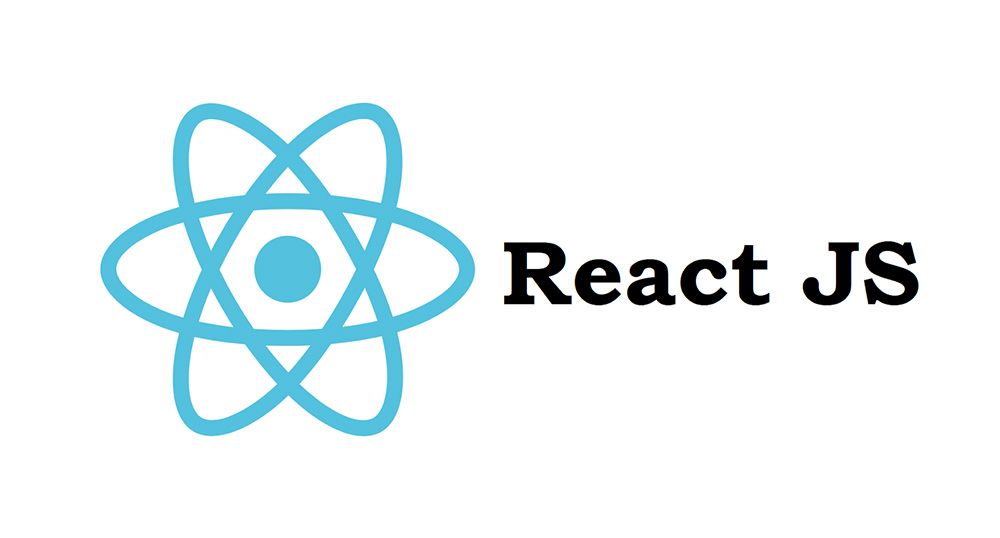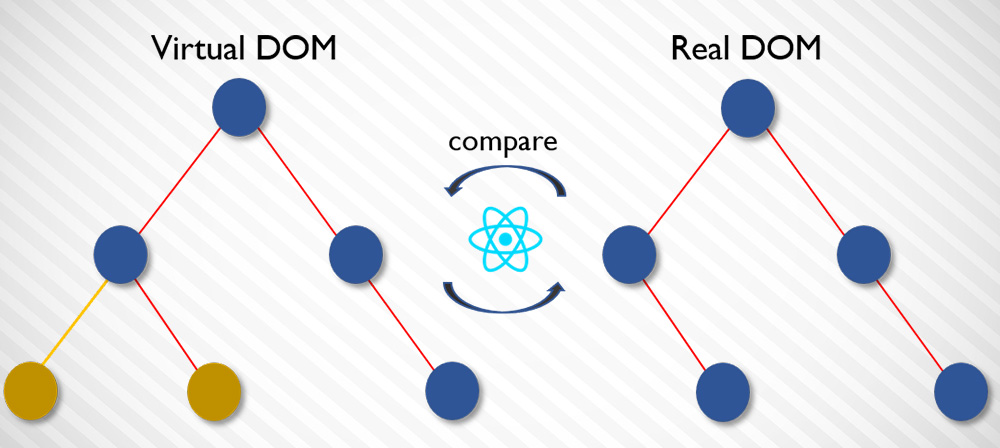Today, the proliferation of JavaScript frameworks and libraries is truly astounding. When it comes to coding, you have got to be strategic about which languages to use for web development. If you are looking for a programming language utilized by some of the most forward-thinking companies in the world, direct your gaze to ReactJS, known for its powerful features for development.
Let’s see everything about ReactJS
What is React JS?
Facebook widely employs ReactJS, an open-source JavaScript library, to rapidly build engaging single-page web applications with minimal coding. The core purpose of ReactJS is offering the best feasible rendering performance. Its durability comes from the focus on the individual elements. Rather than working on the whole web app, ReactJS allows the developer to break down the complex UI into simpler components.
Uses of ReactJS and Its Popularity
Developers preferred to work with other frameworks usually have the challenge to rework on most of the codes, even when crafting components that are modified frequently. What the developer wanted was a framework that could enable them to break down complex elements and reuse the codes to finish their projects faster. The ReactJS offered the solution that developers were looking for. It uses JSX. This is very helpful in supporting the development of machine-readable codes and at the same time compounding elements into a single-time verifiable file.
Today, ReactJS has become highly attractive because of its new unity and flexibility. Many web developers refer to it as the future web development framework.
Why most of the developers use ReactJS
Pros
- Virtual DOM
- Easy debugging and testing
- Easy data flow
- Reusable Components
- SEO friendly
Cons
- Improper Documentation
- Time taking in handling Complex cases
- JSX as a barrier
What are the Features of ReactJS for Development?
Let us take a closer look at some essential features of React.
- JSX: In React, despite using regular JavaScript for templating, it uses JSX, which is a simple JavaScript which allows HTML quoting and uses these HTML tag syntax to render subcomponents. HTML syntax is concocted into JavaScript calls of React Framework.
- React Native: React has native libraries which were published by Facebook in 2015 that renders the React architecture to native applications like iOS, Android, and UPD.

- SIngle-way data flow: In React, a set of constant values are passed to the elements renderer as properties in its HTML tags. Components cannot directly modify any properties but can give a call back function with the help of which we can do modifications. The complete process is known as features flow down; actions flow up.
- Virtual Document Object Model: React builds an in-memory data structure cache which estimates the changes made and then refreshes the browser. This enables the programmer to code as if the whole page renders on each change, while ReactJS library only provides changing components
Why ReactJS?
Let’s quickly have a look at the benefits of React over other competitive technologies or frameworks.
- Simplicity
- Easy to learn
- Native Approach
- Data Binding
- Performance
- Testability
Bottom Line
Craft business apps professionally, aligned with best practices, to surpass enterprise targets. Choose a ReactJS development company with extensive, long-term expertise in the technology for optimal results. Engage a ReactJS developer to gain insights and leverage the technology for a competitive edge in business growth. A ReactJS developer can help set achievable goals and harness technology to drive growth, improve conversions, and reduce costs.
If you are planning to develop a reactJS web application, then you can hire us. We have experienced team of ReactJS programmers who can fulfill your requirements. Contact us today. Visit Krifyhere for the mobile app development.






